Early American Civilizations Houses: How They Are Similar to Modern Homes
Early American civilizations such as the Maya, Aztecs, and Inca built homes with practical designs focused on shelter, comfort, and durability.
Like modern homes, these houses used natural materials such as wood, stone, and clay. While early American artisans crafted homes with local skills, modern architecture also blends craftsmanship and design, prioritizing functionality and space efficiency. Both types of homes focus on providing a comfortable living environment.
In ancient and modern civilizations, social structures were hierarchical, with clear roles and divisions of labor. In ancient cities or modern urban areas, communities were built around systems maintaining order and structure.
Materials and Construction: Ancient Meets Modern
Traditional Materials in Early American Homes
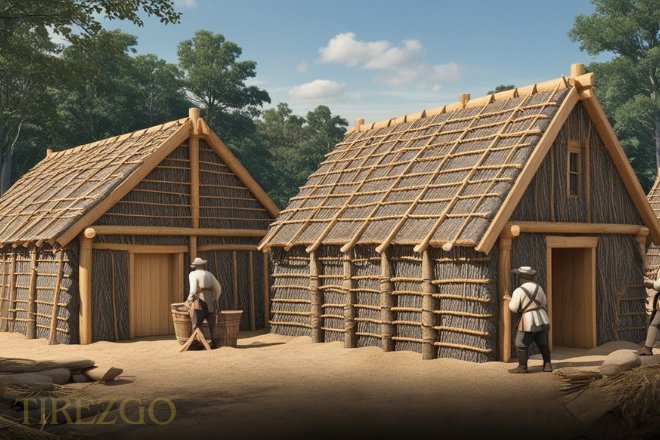
The earliest English settlers in Jamestown, Virginia, constructed their homes using wattle and daub.
They interwove wooden poles and fill the gaps with mud, straw, and sand. This construction technique was not too different from the methods Native Americans had already been using.
- Both groups used locally sourced materials like wood, mud, and straw.
- The settlers adapted Native American building methods to meet their own needs.
- These construction techniques ensured the homes were durable and weather-resistant.
- Both cultures aimed to create efficient and comfortable living spaces.
Modern building materials
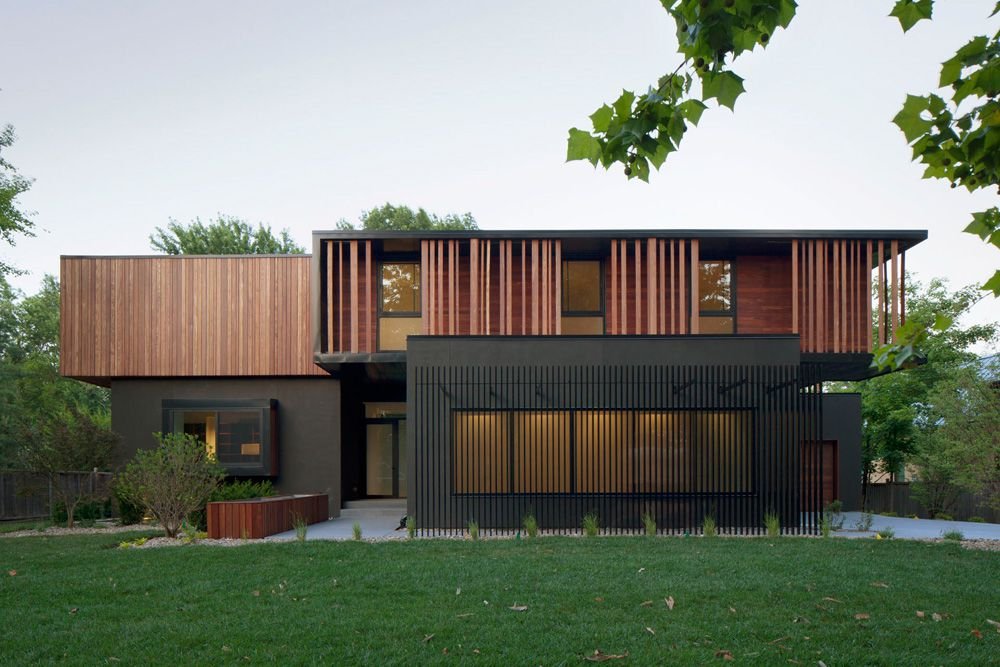
Modern building materials have changed a lot compared to early American homes. These materials are stronger and longer-lasting, and they help make homes more comfortable and energy-efficient. They also make homes look better and work better for everyday living.
- Concrete: Strong and durable, concrete is used for the foundation, walls, and floors of many modern homes.
- Steel: Steel is used for support in modern buildings, helping them stay strong and flexible.
- Glass: Big windows and doors are common in modern homes, letting in more natural light and connecting the indoors with the outside.
- Insulation: Modern homes use insulation, such as foam and fibreglass, to keep the house warm in winter and cool in summer.
- Sustainable materials: Materials like bamboo and recycled products are used in modern homes to help protect the environment.
Architecture and Design: How Homes Evolved Over Time
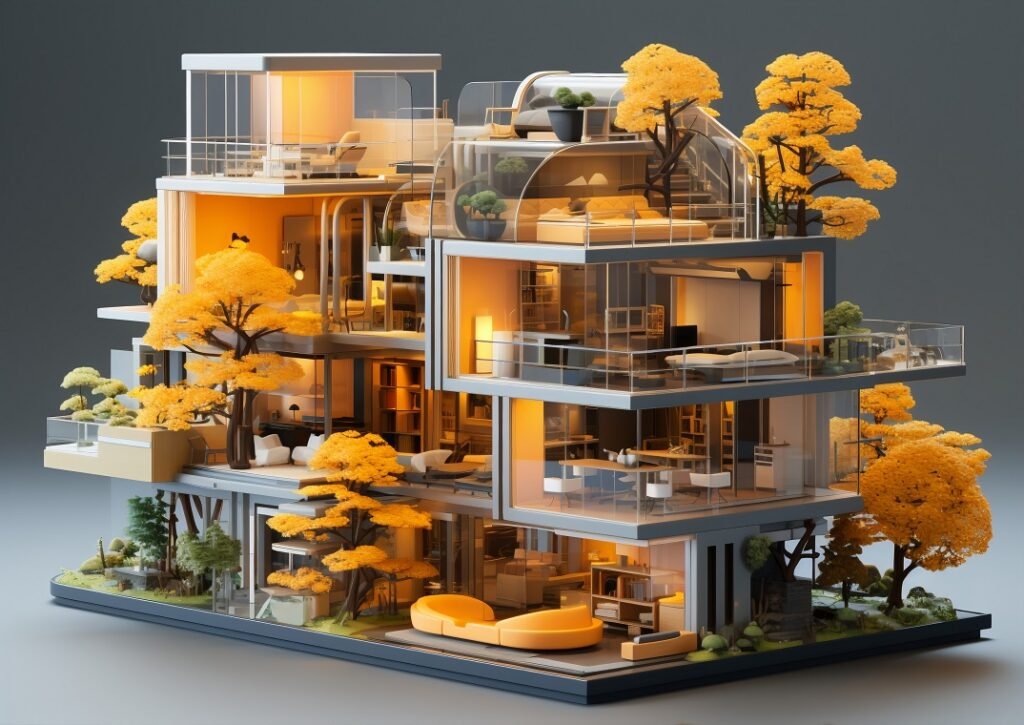
Passive Design and Sustainability
Early American homes were built using passive design principles, utilizing environmental factors like sunlight, wind, and thermal mass for natural temperature control.
Thick adobe walls provided insulation, keeping interiors cool in summer and warm in winter. Natural ventilation allowed air to flow freely, reducing reliance on mechanical systems. These principles still influence modern home designs, focusing on energy efficiency and sustainability.
Today, homes use solar panels, energy-efficient windows, and smart thermostats to enhance comfort and minimize energy consumption.
- Early American homes used natural elements for temperature control.
- Thick walls in adobe homes offered insulation, reducing energy use.
- Modern homes adopt energy-efficient technologies such as solar panels.
- Both ancient and contemporary designs emphasize comfort and sustainability
Design Principles: Space Efficiency and Cultural Reflection
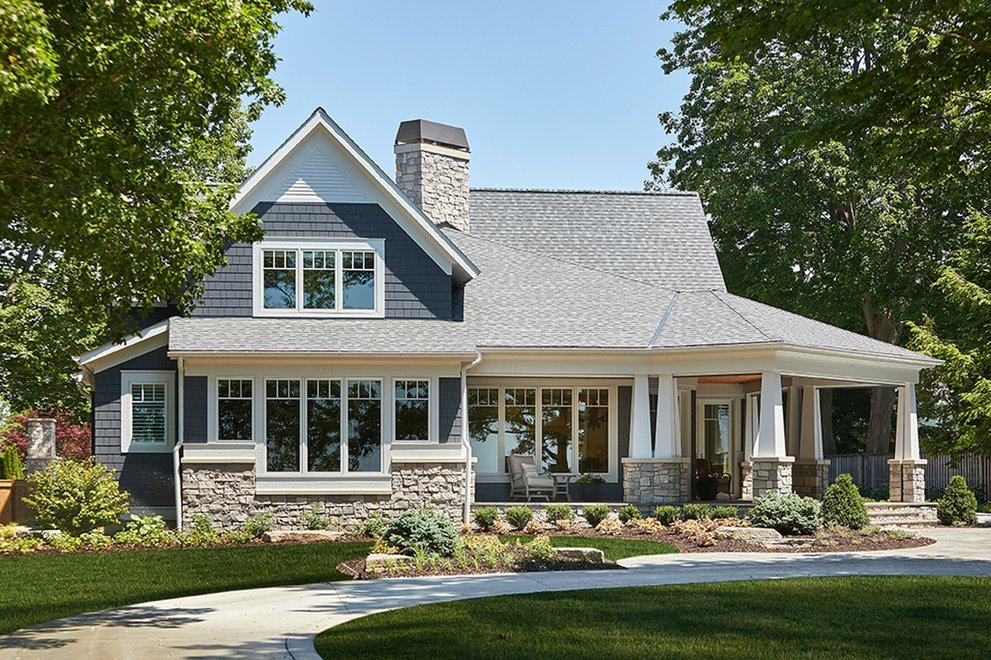
The fundamental principles of design play a key role in both early American homes and modern houses. These principles include emphasis, balance and alignment, contrast, repetition, proportion, movement, and white space.
Early homes often focused on space efficiency and natural materials, while modern homes utilize advanced technologies and materials to achieve these design principles.
The space principle of design, in particular, emphasizes the areas surrounding other design elements. Early American homes used natural space, allowing for ventilation, sunlight, and thermal comfort, while modern homes incorporated space through open layouts, energy-efficient designs, and functional areas.
- Emphasis and balance shaped both early and modern designs.
- Contrast and repetition are visible in modern architectural trends.
- Space efficiency played a crucial role in early home designs.
- Modern homes achieve balanced design through advanced materials and technologies.
Cultural Reflection in Home Design
Culture plays a key role in home design by influencing the choice of materials, colours, and styles. Cultural symbols, patterns, and artefacts add meaning and connect a space to heritage.
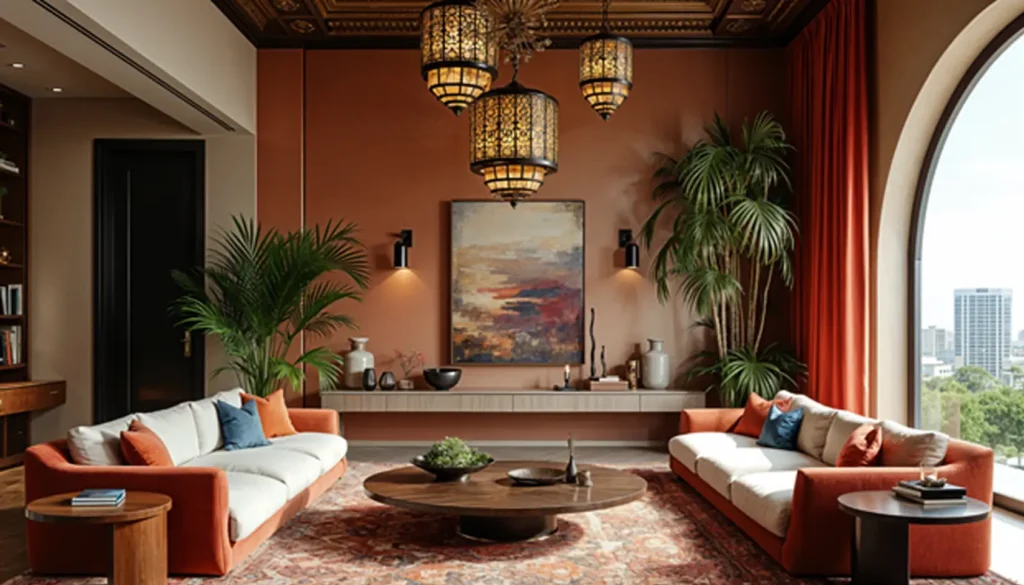
These elements enhance the room’s aesthetic while fostering a sense of pride and identity. Modern design incorporates cultural influence through fabric selection, furniture styles, and overall décor.
These choices reflect traditions and values, making the home feel personal and culturally rooted. As culture continues to shape design, it creates spaces that tell a unique story. Cultural elements provide both beauty and significance in today’s homes.
Functionality and Comfort: Comfort Across Centuries
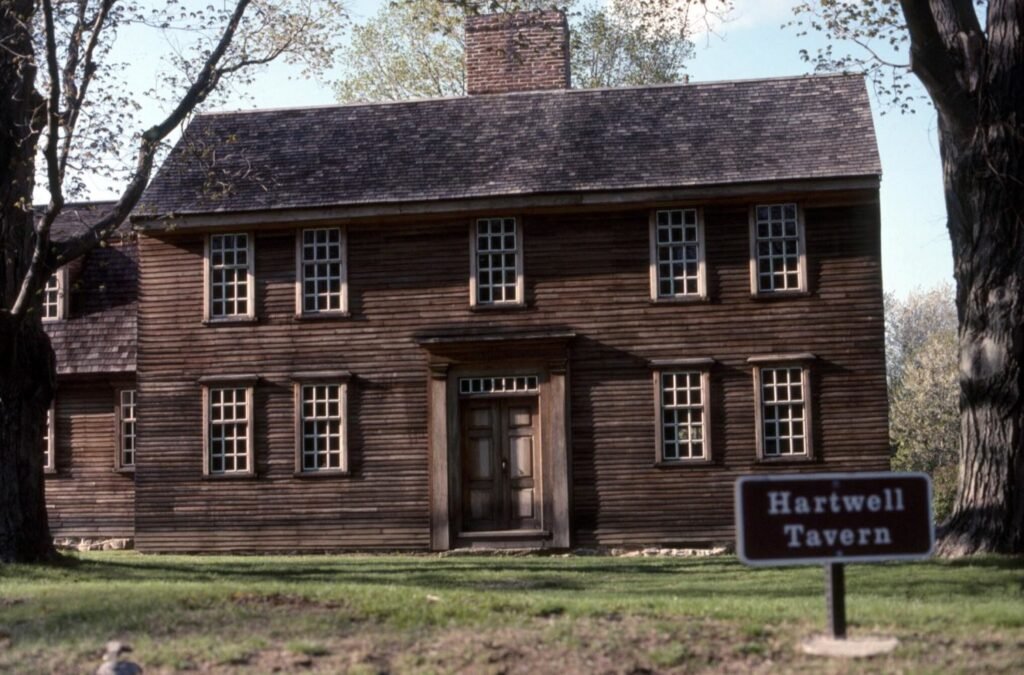
- Early American Homes: Focused on practicality and durability to withstand harsh climates and provide basic shelter.
- Thick walls and simple layouts ensured comfort in both hot and cold weather.
- Wood, stone, and adobe were used to create insulated homes.
- Modern Homes: Incorporate advanced technologies and contemporary materials to enhance comfort and functionality.
- Air conditioning, smart home systems, and energy-efficient appliances are now standard.
- Focus on convenience and sustainability while maintaining comfort.
- Core Principle: Both ancient and modern homes prioritize creating a safe, comfortable environment.
- Whether natural insulation was used in early homes or modern technologies, the goal remained the same: to enhance the comfort and well-being of inhabitants.
Modern Eco-Friendly Homes: Building for the Future
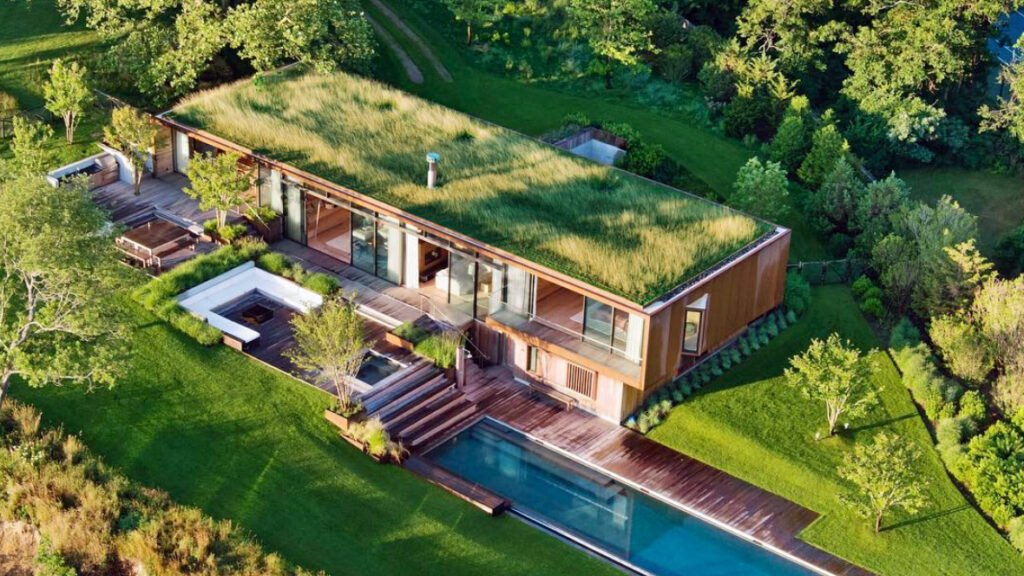
Eco-friendly homes reduce environmental impact using renewable resources, energy-efficient systems, and sustainable construction materials.
These homes feature water-saving technologies like rainwater harvesting and low-flow fixtures to conserve water.
Solar panels, energy-efficient windows, and smart thermostats work together to lower energy consumption and reduce utility bills.
Builders use eco-friendly materials like bamboo, recycled steel, and reclaimed wood to support sustainability.
By embracing these green design elements, eco-friendly homes provide long-term savings and create a healthier and more sustainable living environment.
Key Similarities and Differences: From Ancient to Modern Homes

Similarities Between Ancient and Modern Homes
- Ancient architecture used materials like wood, stone, brick, and baked clay, focused on durability and environmental adaptation.
- Modern homes use advanced materials such as steel, aluminium, glass, pre-stressed concrete, and plastic for sleek, durable designs.
- The medieval period bridged the gap between ancient and modern architecture, introducing larger stone structures and intricate designs.
- Medieval homes often featured fortifications, larger living spaces, and early forms of heating like chimneys.
- Ancient homes lacked modern amenities and often required costly renovations for maintenance.
- Modern homes include energy-efficient features like insulation, laundry rooms, and air conditioning for improved comfort and reduced energy costs.
- Construction materials in new homes encourage sustainability and energy savings, reflecting advances in building technology.
- The evolution of home design has moved from basic shelters to more energy-efficient, comfortable, and technologically advanced structures.
The Key Differences: From Shelter to Smart Homes
Smart homes provide automation, energy efficiency, and enhanced security features. They allow homeowners to remotely control various systems, such as temperature, lighting, and irrigation, often through apps or voice commands.

While smart homes offer convenience and modern technology, they come with higher upfront costs and potential cybersecurity risks. Traditional houses, on the other hand, provide a more straightforward, more familiar living experience without relying on technology. However, they may lack the convenience of automation, energy-saving features, and smart homes.
Conclusion: The Evolution of Home Design
Home design has evolved significantly from early American civilizations to modern smart homes.
While modern homes incorporate advanced materials, energy-efficient systems, and smart technologies, they still maintain core values of shelter, comfort, and durability that were prioritized in ancient homes.
Early American civilizations used locally sourced materials like wood, stone, and adobe, focusing on space efficiency and sustainability, which still influence modern design today.
The shift from basic shelters to energy-efficient, high-tech homes demonstrates human ingenuity.
Despite technological advancements, the essential function of a home remains the same: to provide a comfortable, safe living space. By learning from ancient practices and integrating them with modern innovations, we can create sustainable, culturally reflective homes for future generations.

